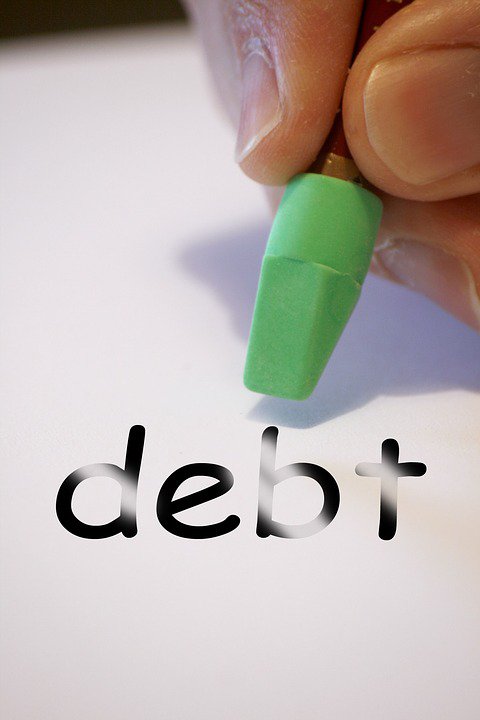
IS STUDENT DEBT FORGIVENESS POSSIBLE?
 You have options
You have options
According to the Federal Reserve Bank of New York, 43.3 million Americans have student loan debt that equals a total of $1.26 trillion. With that amount increasing annually, it's no surprise that more people are interested in student debt forgiveness. While there are several methods for erasing a student loan debt, they come with restrictions and qualifications. The more you know about qualifying for student debt forgiveness, the better able you will be to tackle this issue.
Many people are surprised to learn that bankruptcy rarely wipes out student loan debt. Although it's technically an unsecured debt, bankruptcy codes have developed to allow student loans to be treated the same way that criminal fines and unpaid child support are handled. This means that someone who files for bankruptcy may emerge without credit card debts and medical bills, but their student loans will remain intact.
This's why it makes sense to look into programs that allow student debt forgiveness. The government makes it possible for student loans to be discharged in their entirety under certain circumstances. For instance, someone who becomes totally and permanently disabled may apply for a discharge. The disabled individual must provide certain documentation to the Department of Education to proceed. In certain circumstances, teachers may also be eligible for a discharge. People who work in public service may similarly qualify as long as they have already made 120 payments.
If you don't meet the requirements for elimination of student loans, then you may want to investigate refinancing. Typically, refinancing is offered by private lenders, and both government and private loans are eligible. This route may be beneficial for the student that is saddled with a high interest rate. Refinancing can save literally thousands of dollars over the life of the loan. You might even be able to make larger payments so that you can pay off the debt quicker. Refinancing may have the added benefit of consolidating your student loans so you have less to keep track of. If you decide to refinance, be certain to read all of the fine print so you know that refinancing will actually save you money before signing anything.
Those of you who have already consolidated and refinanced, or for whom these are not good options, will want to consider the various repayment plans that are available. The Standard Repayment Plan offers fixed payments for periods between 10 and 30 years. The incentive for this plan is that you'll pay less over time. However, the payments can be prohibitive, especially for the recent graduate.
That's why there's also a Graduated Repayment Plan that starts out small and increases payment amounts approximately every two years. The idea is that as your income grows, so does your ability to repay. Several other options are also available, such as an Income-Based Repayment Plan and a Pay as You Earn Repayment Plan. Any of these options can give you some breathing room while you improve your financial situation.
If you can't pay now but believe that your circumstances will soon get better, then you may want to apply for a deferment or forbearance. Deferment describes a time period in which payment on your loans is delayed while forbearance may be requested if you need to stop or reduce your payments for a 12 month period. Strict guidelines must be met before either one of these options is granted.
Student debt forgiveness can be a reality for people in very specific situations. However, other options like refinancing, switching repayment plans and requesting a deferment or forbearance can present real-world solutions to troubling financial circumstances.